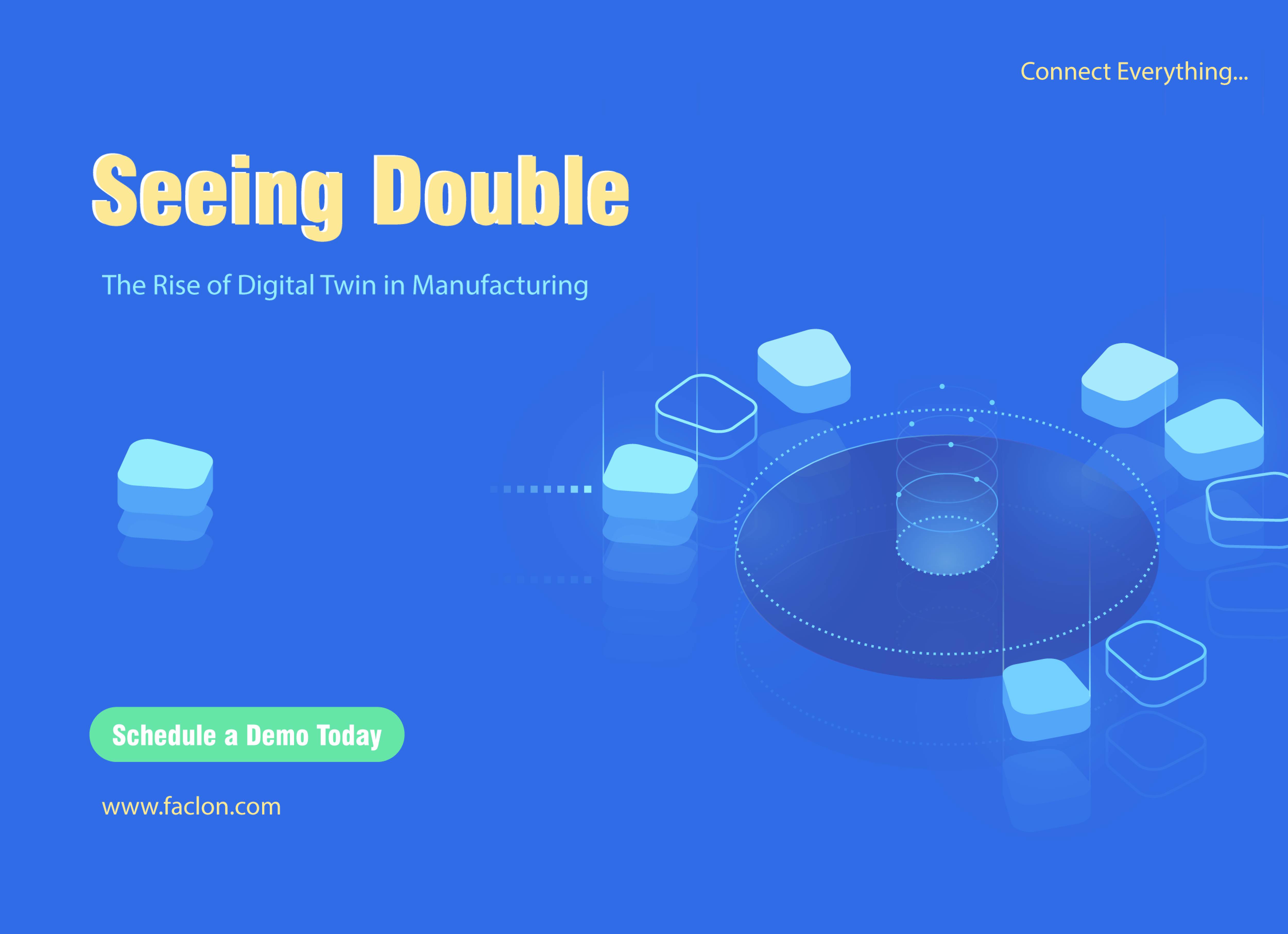- 21st Feb, 2023

What is Digital Twin?
-
A digital twin is a visual representation of a machine, a production line, or even an entire factory. Manufacturers can test and optimize processes before making any real-world changes by creating a digital twin, which simulates the behaviour of the physical system in a virtual environment.
-
The digital twin is equipped with smart components that use sensors to collect real-time data, operational status, working conditions, and so on. The data collected by these sensors is received and processed by a cloud-based system. This data is analyzed about business and contextual data.
Types of Digital Twin -
-
Asset Digital Twin
An asset digital twin is a virtual model of a physical asset, such as a machine or piece of equipment. It uses data from sensors and other sources to monitor the asset’s behaviour and performance in real-time. This data can be used to optimize asset operation, scheduled maintenance, and predict failures
-
Process digital twin
A process digital twin is a virtual replica of a manufacturing process that maximizes the process using IIoT data. It is used to identify bottlenecks, reduce downtime, and improve efficiency.
-
System digital twin
A system digital twin is a virtual model of an entire manufacturing system that enhances the system using IIoT data. It is used to identify optimization and improvement opportunities.
Why Digital Twin is Popular?
-
Asset Digital Twin
Digital twins have become extremely popular as enterprises learn how to use them to boost productivity and cut costs. According to a 2020 study by Research and Markets By 2025, up to 89% of all IoT platforms will have digital twins. By 2027, digital twinning will be a standard IoT feature. Nearly 36% of executives from various industries understand the benefits of digital twinning, with roughly half planning to use it in their operations by 2028.
Digital Twin for OEMs
-
Product design and development
Digital twins simulate and test the performance of equipment before it is built, identifying potential problems early and reducing the need for physical prototypes.
-
Remote monitoring and predictive maintenance
Digital twin monitor equipment in real-time and identify potential issues before they become major issues, thereby increasing equipment reliability.
-
Equipment optimization
Digital twins can improve efficiency and reduce costs by optimizing equipment energy efficiency, maintenance schedules, and supply chain management.
OEMs benefit from digital twins in a variety of ways, including increased efficiency, decreased downtime, and improved product design.
Benefits of Digital Twin
-
Optimizing Performance and Reduction in Cost
Digital twins boost productivity and efficiency by predicting problems, preventing downtime, and using past performance data to create simulations and forecast future improvement strategies. They monitor the manufacturing process from design to completion and enable preventive maintenance to avoid larger breakdowns. This assists in meeting production targets and increasing profitability without adding resources.